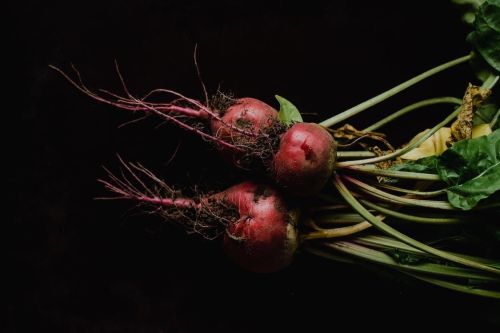As a drink, it was first served in 1917 at the French Lick Springs Hotel in southern Indiana. The originator of the drink was Louis Perrin, who had run out of orange juice and needed to replace it with something. He added sugar and his proprietary sauce to the squeezed tomatoes and thus a new kind of juice was created, which instantly gained a wide fan base
The Mayans, Aztecs, and Incas used tomato juice as a base to prepare medicinal drinks.
It became a popular dinner drink and within a few years spread beyond the borders of the US.
This reduces transportation costs and makes the producer less dependent on the availability of the commodity determined by the season.
In recent years, many additional variants have appeared, with powdered onion, garlic, and chili.
100 grams of juice provides 84 percent of the daily requirement of vitamin C. Tomato juice also contains large amounts of lycopene, the use of which in cancer prevention has been confirmed by many studies.
In addition, tomato juice provides 22 percent of the daily requirement for vitamin A, 13 percent for vitamin B6, and 12 percent for vitamin B9.
It is also a good source of fiber and potassium.
It is sometimes substituted for tomato puree, due to the lower tariffs for preserves compared to juices.
This phenomenon has not been fully investigated and may be blamed on the increased sensation of umami flavor in a pressurized and noisy airplane cabin, or simply a tradition similar to eating popcorn in a movie theater.
This drink gained popularity in the 1950s. It consists of vodka (3/10), tomato juice (6/10), and lemon juice (1/10), with the addition of ½ teaspoon of Worcestershire sauce, 2-3 drops of Tabasco, and a little salt and pepper.
The United States is one of the largest global producers of the beverage.


